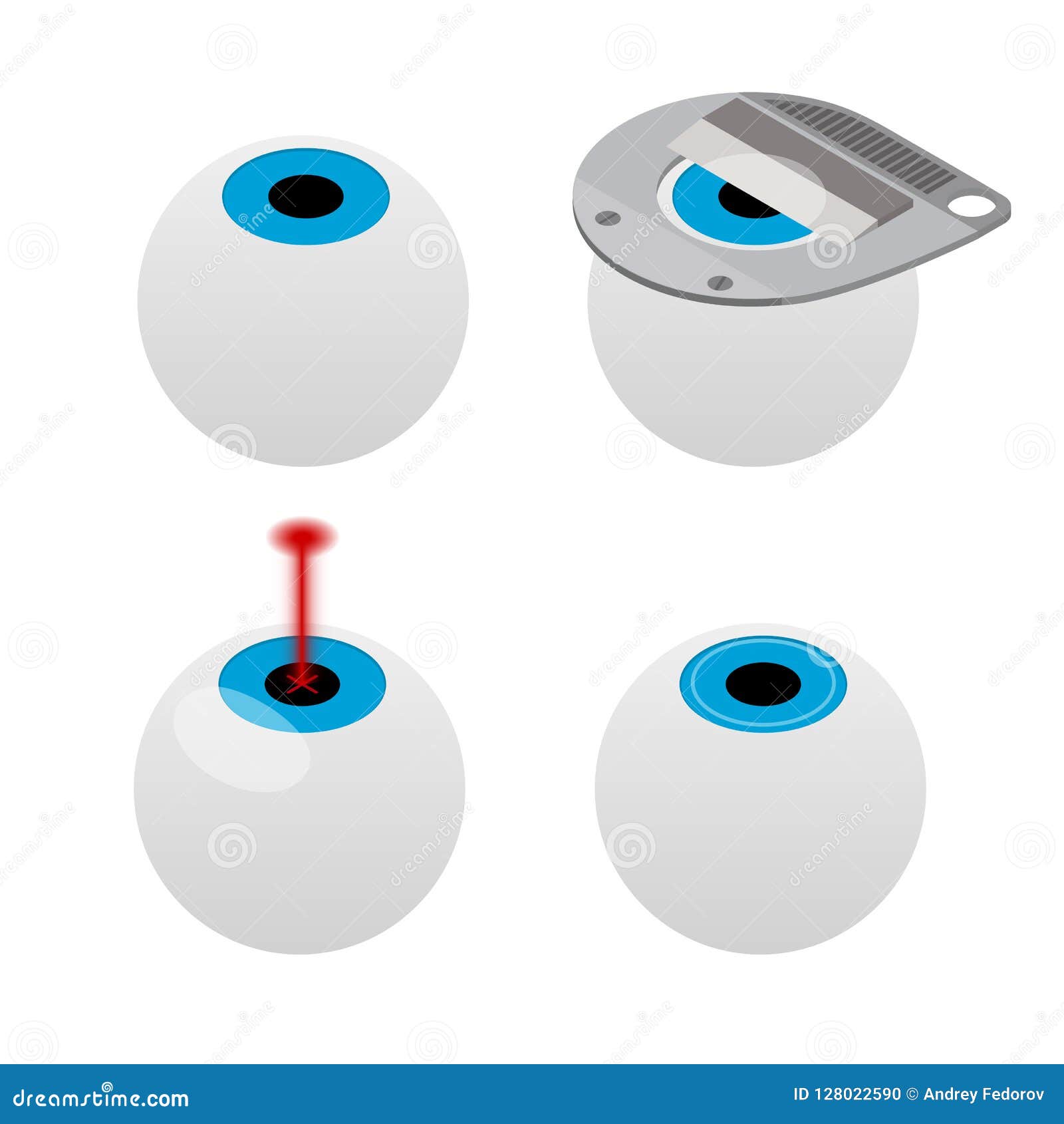Contrasting Standard And Modern Approaches To Treating Glaucoma
Contrasting Standard And Modern Approaches To Treating Glaucoma
Blog Article
Web Content By-Graves Alstrup
Did you know that the advancement of glaucoma therapy approaches spans centuries, including both standard solutions and advanced advancements? From ancient herbal concoctions to advanced Minimally Invasive Glaucoma Surgical procedure strategies, the range of options is huge. As you delve into the intricacies of standard versus ingenious approaches, you may uncover unusual insights that challenge traditional viewpoints on treating this widespread eye problem.
Historic Development of Glaucoma Treatments
The historical development of glaucoma therapies goes back to old human beings where different treatments were used to manage the problem. In old Egypt, as an example, therapies entailed a blend of honey, fat, and sour milk put on the eyes. The Greeks and Romans additionally added to early glaucoma therapies with a focus on topical applications and dietary treatments. Throughout history, diverse cultures established unique methods to relieve the symptoms of glaucoma, usually rooted in organic treatments and superstitious notions.
As time proceeded, innovations in medical knowledge led to more systematic strategies to dealing with glaucoma. Between Ages, Arabic scholars made significant payments by studying the makeup of the eye and creating surgical techniques to attend to eye problems. is cataract surgery safe laid the foundation for modern glaucoma therapies that we've today. Understanding the historic context of glaucoma therapies offers valuable insights right into the constant progress and refinement of clinical techniques over the centuries.
Comparison of Standard Techniques
In comparing typical methods for dealing with glaucoma, consider the historic contexts and efficiency of various remedies.
Typical therapies for glaucoma have evolved over centuries, from ancient practices like making use of honey and a glass of wine to more recent improvements such as eye declines and surgeries. Historically, solutions like the application of leeches or organic concoctions were used to reduce signs, however their efficiency was restricted.
As time advanced, strategies like iridectomy, where a part of the iris is removed, came to be prominent for decreasing intraocular stress. Some typical techniques, like using dental medications to decrease eye stress, have stood the test of time and are still used today. Nevertheless, these treatments often include negative effects and might not be as reliable as contemporary choices.
It's important to evaluate the historical value of conventional glaucoma treatments against their efficiency in the context of existing clinical advancements.
Analysis of Ingenious Treatment Approaches
Considering the advancing landscape of glaucoma therapy, ingenious strategies are reinventing the method this eye problem is taken care of.
One remarkable improvement is minimally invasive glaucoma surgery (MIGS), which provides a less invasive choice to typical procedures. MIGS intends to decrease intraocular stress by boosting the eye's all-natural water drainage system, resulting in fewer issues and faster recovery times contrasted to standard surgical treatments.
Additionally, the growth of sustained-release medicine delivery systems has actually offered a much more reliable way to provide glaucoma medicine. does medicare part b pay for cataract surgery can release medication slowly over a prolonged period, boosting client adherence and reducing the frequency of eye decreases.
In addition, emerging innovations like careful laser trabeculoplasty (SLT) supply a non-invasive option for lowering intraocular stress by targeting details cells in the eye's drain system.
Final thought
As you assess the development of glaucoma treatments, you can see exactly how typical approaches have actually paved the way for ingenious techniques to emerge.
From ancient solutions to contemporary developments, the trip of treating this complicated eye problem has resembled a rollercoaster adventure.
But with brand-new strategies like MIGS and sustained-release medication shipment, the future looks brighter than ever before for patients seeking effective and much less intrusive remedies.
